Plan this year’s vegetable garden. Garden planning involves several factors. Your choices can affect pests, diseases, and harvest quality and quantity. Planting schedules are, therefore, quite important. Below we learn the Maine vegetable planting calendar, month-by-month planting guide for Maine vegetables, seasonal planting schedules for Maine, and about the planting zones of Maine state.
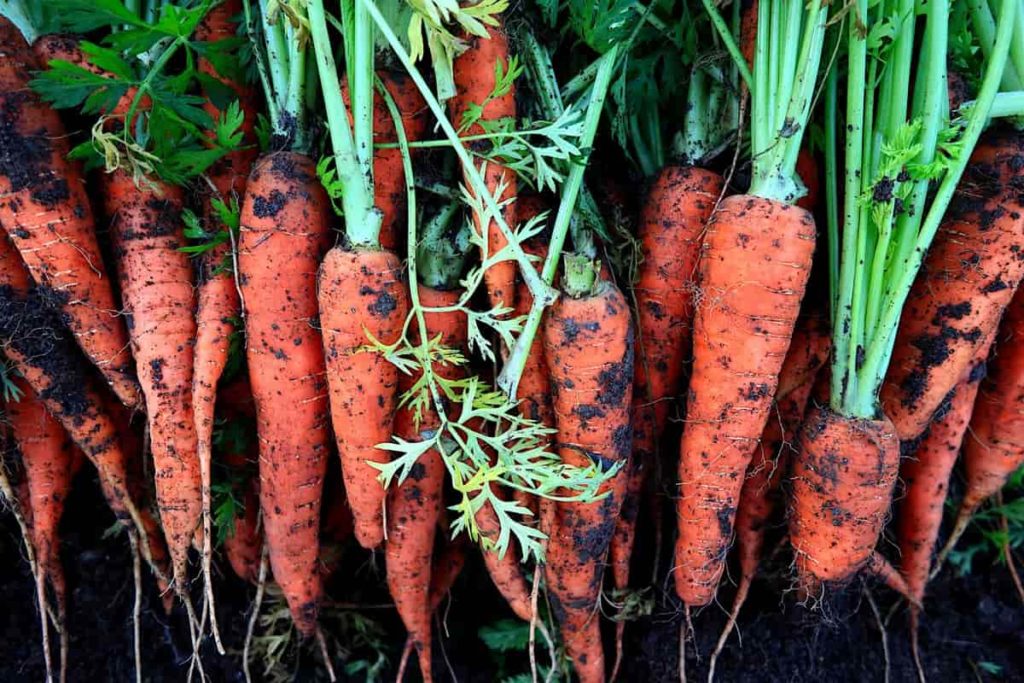
Maine vegetable planting calendar (ME)
When should I start planting seeds in Maine?
For the most part, seeds can be planted straight from the package. Although soaking the seeds in warm water for 8-24 hours before planting will greatly shorten the germination periods for many plants, this strategy works well with lupine, pansy, delphinium, and parsley. Learn from the seed packet’s planting directions. When planting bigger seeds like tomatoes, kale, zinnia, chard, or marigolds, dig holes 1/8″ to 1/4″ deep and push the seeds down into the soil using a narrow-tipped implement like a kitchen skewer, chopstick, or similar.
Very fine seeds should be scattered over the soil surface and covered with only a thin layer of clean soil. Spray the top of the soil with warm water, and then cover the flats with domes or plastic wrap after you’re done planting. Put the flats somewhere warm (between 65 and 75 degrees Fahrenheit) but out of direct sunshine. Germination should be checked daily. The flats should remain covered until the seeds have germinated and are actively developing.
Never let water sit in the bottom of the flat or oversaturate the soil; water only when the top inch or two of the soil is dry. Once the domes are removed and the seedlings grow, you can thin them by removing unwanted seedlings at the soil level or potting them individually. Your seedlings should stay under the grow lights until all risk of frost has gone. Before being taken outside, the flats should be exposed to the sun for a few hours each morning and afternoon for a few days.
Gradually increase light exposure over four to five days until plants can take full sun. By the end of the long weekend in May, most seedlings can be securely set outdoors to grow. Tomatoes, chard, kale, sage, parsley, basil, and other fast-growing annuals should be planted in Maine between the middle and end of March. Focusing on the progress of your seedlings and imagining them as they blossom and bear fruit in your garden is a great way to divert your attention from the dreariness of late winter.
What can I plant in July in Maine?
However, the summer garden can be somewhat temperamental in states like Maine. The following day, a gardener is basking in the sun and inhaling the sweet aroma of ripe raspberries; the next night, the air is crisp and bears the first hints of autumn, goldenrod, and frosts. A larger harvest in the autumn begins in the summer garden. A lot can be learned about subsequent plantings this past summer.
The first crops to emerge from the soil might be early plantings of leafy greens like spinach, lettuce, and mesclun. Since it’s still early, you can plant a wide variety of vegetables, from autumn broccoli and carrots to short-season cabbage, Asian greens, kale, and collards. Tender beans can be harvested from four separate plantings of green beans in rows ranging in length from two to six feet up to frost.
In case you missed it: Louisiana Vegetable Planting Calendar (LA): Month Wise Garden Guide for Fall, Winter, Spring, Summer, Zone 8, and Zone 9
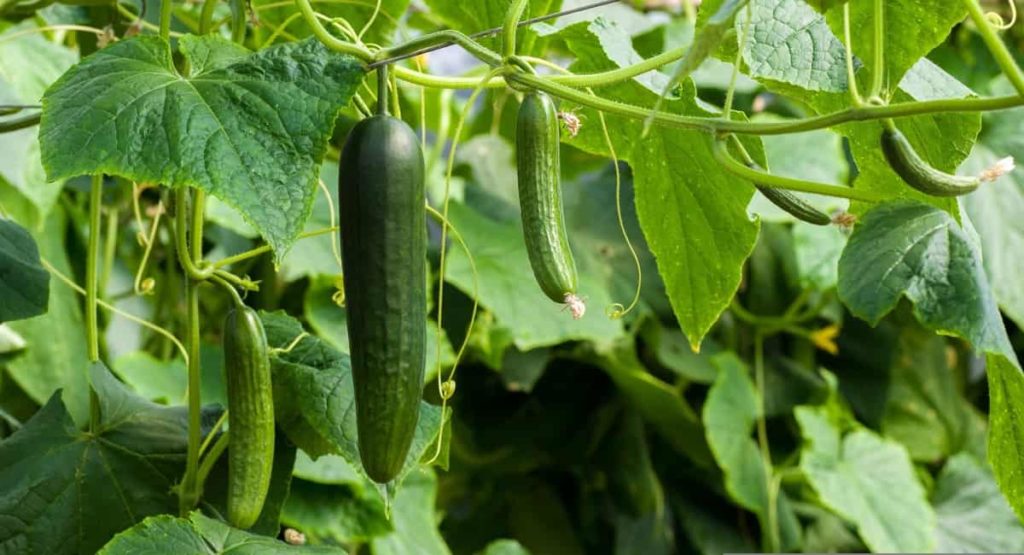
You can use herbs to fill up any empty spots. Quick to go to seed, cilantro can be replanted every two to three weeks over the summer to maintain a constant supply for salsas. Til late July, you may still sow seeds of basil and dill. Around August, the last chance to plant radishes, chervil, turnips, scallions, radicchio, short-season carrots, and kohlrabi. Sow autumn broccoli in mid-June.
The tiny seedlings can be planted in any space left by the early peas or in an empty row. To make room for new broccoli plants, older cauliflower ones are removed. When growing broccoli, fertilize or side-dress regularly. Tatsoi, bok choi, pak choi, mustards, Chinese cabbage, ‘Toraziroh,’ and ‘Maruba Santoh’ all do well in the late summer and early autumn.
When should I plant carrots in Maine?
Carrot seeds must be sown two weeks before the latest frost date. Spread out these tiny seeds by half an inch in rows. Scatter carrot seeds over the soil to establish a broad row. Lightly cover the seeds with soil and press down to keep them in place. After the soil is soaked and maintained wet, seedlings can emerge in seven to twenty-one days, depending on soil temperature.
Carrot seeds need soil temperatures of at least 50 degrees Fahrenheit to germinate, ideally 75 degrees Fahrenheit. Once carrot seedlings have reached a height of 2 inches, they should be thinned to a spacing of 1 to 2 inches apart. Carrots need consistent soil moisture, so water them thoroughly once or twice a week. To prevent weeds from sprouting, cover the soil with organic mulch.
Mulch is useful for this because it helps the soil retain water. When young, carrots can be plucked and consumed as soon as they reach the required size. Before the ground freezes, harvest mature carrots. Dry in the shade for a full day. To prepare carrots for winter storage, shake off any extra soil and place them in a root cellar or other cold, dry location.
When can you plant beans in Maine?
Beans thrive best in fertile, well-drained soil. Before planting, work in six inches of compost or manure that has had time to decompose. This enhances the soil’s aeration and drainage, two factors crucial to thriving plant life. Bean seeds should be planted in the spring after the last chance of frost has gone, and the soil has warmed to at least 50 degrees Fahrenheit. Below 50 degrees, seeds will likely decompose in the soil rather than germinate. The ideal planting depth for seeds is one inch, and the recommended planting distance is two to four inches.
Leave 24–36 inches between rows for easy tending and gathering. Weeds can be kept at bay with mulch made from organic materials like grass clippings or straw. Weeds can be checked by hand pulling or hoeing if none of these options is available. Once or twice a week, or anytime the soil is dry to the touch one inch below the surface, water beans thoroughly. From the moment the first buds form until the beans reach maturity, you should take extra care to maintain the wet soil.
Inadequate precipitation during this period lowers both yield and quality. Beans should be harvested before the beans within the pods begin to swell. Depending on the variety, green, purple, and wax beans ripen about the same time, whereas pole beans don’t finish maturing until much later. It is unnecessary to need a trellis or fence for bush beans, which only reach a height of 12 to 24 inches. Instead, pole beans can be planted on a trellis or teepee pole and taught to twine around it. The fundamentals of gardening apply equally to whatever plant you choose to grow.
What planting zone is Maine in?
Maine, the northeast’s northernmost state, only has lower USDA planting zones. Even though the temperature rarely rises over 90 degrees Fahrenheit in the summer, Maine summers are often mild and pleasant with a hint of humidity. Every winter, the state receives significant snowfall, with the most concentrated in the western and northern parts of the state. Coastal Maine has milder summers and winters than inland because of the Atlantic Ocean.
In case you missed it: Kentucky Vegetable Planting Calendar (KY): Month Wise Guide for Fall, Winter, Spring, Summer, Zone 6, and Zone 7
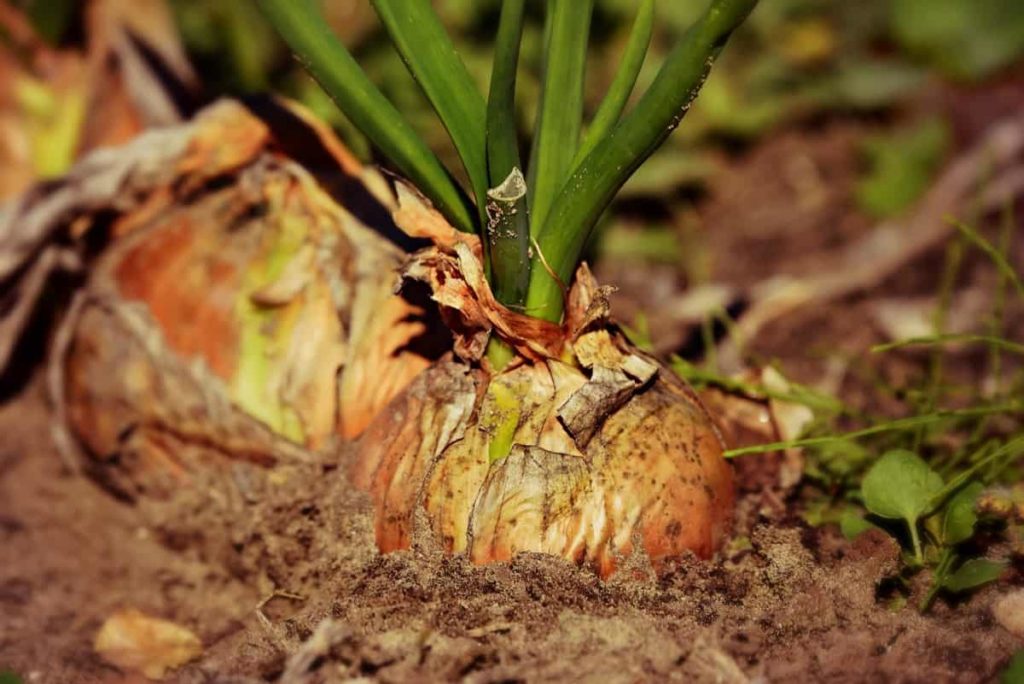
During the winter, the nation’s southern coast is often about 30 degrees Fahrenheit, while the northernmost regions are typically below zero. Most of Maine is located in hardiness zones 3b and 5b. However, a few extreme outliers in the state’s southern section extend up to zone 6a. Online planting zone maps make it easy to find perfect growth conditions. You can choose harder plants if you are familiar with the Maine planting zones.
You should choose hardy plants either from the same hardiness zone as your area or from the zone below. The harsh winters in Maine make it unlikely that plants with a higher hardiness grade would survive. Planting zones can differ when to plant using first and last frost dates. The varied climate of Maine is ideal for a wide range of plant life. Many flowers thrive there, including echinacea (coneflower), lupine, coreopsis, hyacinths, irises, and daffodils.
Gardeners in Maine know and love the hardiness and abundance of these native plants: milkweed, Virginia rose, arrowwood, nannyberry, and northern bush honeysuckle. Planning a vegetable garden around the growth zones in Maine allows you to plant tender crops at the right time of year. Vegetables like lettuce, carrots, beets, cauliflower, and radishes thrive there.
When should you start seeds indoors in Maine?
Calculating how long it will be until the seedlings are ready to be transplanted into the garden can help you choose when to sow your seeds. There is a wide range of time needed to see seedlings emerge, from four to twelve weeks. When calculating the optimal time to sow seeds indoors, one should look at the average date of the last spring frost in their location. Most of Maine has its last frost in late May or early June.
What can I plant now in Maine?
Spring gardening in Maine
In spring, you can grow a wide variety of vegetables. Check whether the soil is ready to start digging. Form a ball by squeezing a handful, and then crumble it in your hands. When you take a ball of soil in your hand, it crumbles easily; it indicates the soil is ready to be handled. However, if the soil remains in a clump, it’s still too moist to dig in. Once the soil has thawed and is usable, you can plant seeds outside. This is the case for leafy greens, peas, beans, carrots, Swiss chard, and radishes.
Vegetables that thrive in chilly temperatures are collectively known as “cole crops” and include broccoli, cabbage, cauliflower, Brussels sprouts, and kale. These plants thrive on soil with a higher pH of 6.0 to 6.8 and a generous quantity of organic compost. Heavy-feeding cole crops also need micronutrients often absent from commercial fertilizers. Adding a layer of composted cow manure to your garden By adding organic fertilizer three weeks after planting, you can give your plants the boost they need to thrive.
Trees and shrubs that lose their needles in the winter, but retain their leaves in the summer, should be fertilized with a product designed for acid-loving plants. Feed your roses when you see new growth. Put half an inch to an inch of compost as a final topping on your vegetable garden’s lime. Plant bulbs bloom in summers, such as amaryllis, cannas, lily, calla, tuberous begonia, dahlia, gladiolus, and tiger flower. When houseplants become root-bound and outgrow their pots, repotting is necessary.
After replanting, you should begin fertilizing the plants. Start the growing season inside. Once the blossoms have faded on trees and shrubs, they bloom in the spring and prune them. As spring bulbs fade, cut their bloom stalks to the ground. It’s best to let the foliage die of old age before cutting it. It is impossible to grow healthy bulbs capable of blossoming again without the leaves.
Fall gardening in Maine
Planting trees and bushes in the fall is highly recommended. Before the first frost, the plant’s root system will begin to develop, staking the shrub or tree in place for the winter. Mulching around young trees and shrubs can help keep them warm and safe throughout winter. Plant root balls should have their wrappings removed before they are planted. Early spring flowering bulbs like daffodils, tulips, and crocuses should be planted in the fall for a showy display in the spring. Plant at the recommended depth as indicated on the product label.
In case you missed it: How to Grow Snake Plants: A Guide to Planting and Care
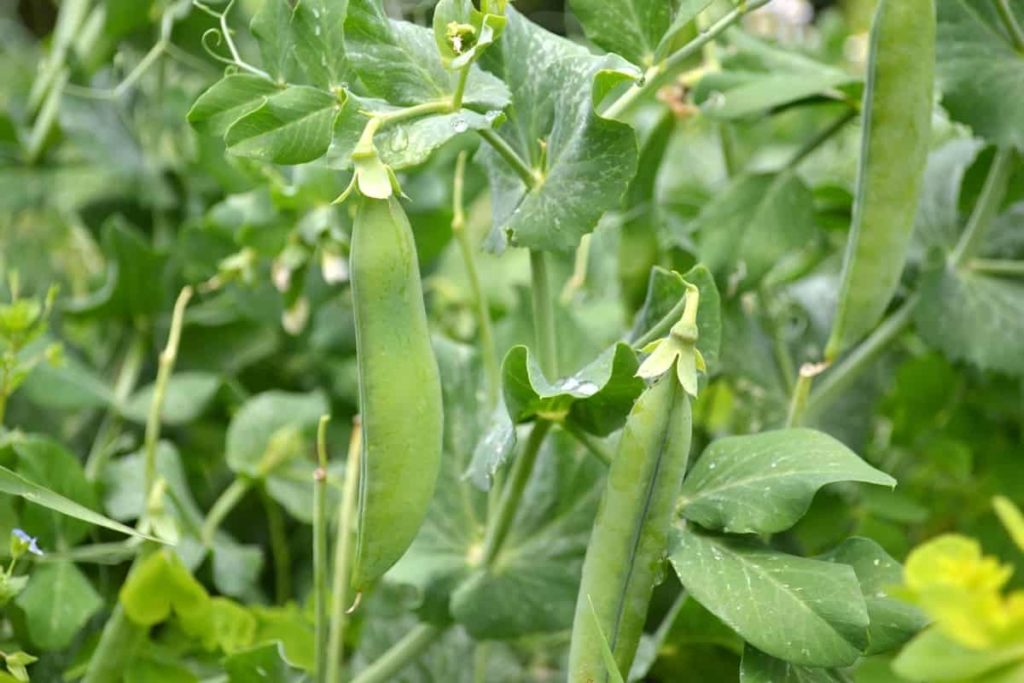
As a general rule, tulips and daffodils should be planted 6 inches deep, while crocuses should be set in soil no more than 3 inches deep. There should be enough time for root development before the first frost for bulbs to be planted no later than late October. Don’t get down on yourself because your perennials seem sad now that their growing season is over. They may have lost some of their flowers earlier in the season, but they’ll be back stronger than ever come spring.
Certain herbs, such as fennel, lemon balm, lavender, rosemary, wild strawberries, mint, and parsley, thrive when planted in the autumn, but only if they are already established plants or have been split from an existing herb plant rather than new growth or seedlings. Garlic is planted in Maine in October because the cloves germinate best in soil with temperatures about 50 degrees Fahrenheit. They’ll spend the winter dormant before waking up in the spring to resume average growth. Garlic cloves should be planted individually, not in groups or as full bulbs. In the spring, new growth emerges.
Summer gardening in Maine
A summer garden can be prone to abnormal behavior in regions like Maine. The next day, a gardener basks in the sun and inhales the beautiful perfume of ripe raspberries; the next night, the air is crisp and carries the first clues of autumn, goldenrod, and frosts. Last summer’s plantings might tell us a lot about what to do next time. Leafy greens, such as spinach, lettuce, and mesclun, can be among the earliest crops to sprout after being planted in the ground.
Since it’s early, you can grow broccoli, carrots, cabbage, kale, Asian greens, and collards. Green beans planted in four rows of varying lengths (two to six feet) can produce tender beans up to frost. The absence of anything can be remedied by using herbs. Since cilantro quickly bolts to seed, you can transplant it every 2 to 3 weeks throughout the summer to ensure a steady supply of salsas. Seeds of basil and dill can be planted until late July.
Near the middle of August is your final opportunity to grow radishes, short-season carrots, chervil, turnips, onions, radicchio, and kohlrabi. Plant fall broccoli in the middle of the month of June. The tender seedlings can go in a vacant row or wherever there is room left after planting early peas. Cauliflower is rotated out for broccoli to create a way for the latter. Always remember to fertilize or side-dress your broccoli plants. The late summer and early fall are excellent times to plant pak choi, mustards, tatsoi, bok choi, Chinese cabbage, ‘Toraziroh,’ and ‘Maruba Santoh.
Winter gardening in Maine
Most Mainers take great care to ensure their houses are cozy and warm for the coming winter, but sadly not everyone is as conscientious about protecting their garden. Temperatures as low as -35 degrees Fahrenheit are possible in parts of Maine, which covers USDA plant hardiness zones 3 through 6. Preparing your plants for the winter is essential if you want to enjoy fresh flowers and tasty vegetables in the spring. It’s a good idea to go out there and clean up your garden before the first snowfall.
Good gear is essential for removing unwanted vegetation like invasive weeds and decaying branches. This eliminates potential nesting sites for insects and rodents, protecting you from a swarm in the spring. This also ensures that your garden is prepared for planting in the spring. It is possible to protect some plants from the winter and have them recover in the spring with only a little bit of protection. In contrast, certain people are more vulnerable to the cold and snow.
Rooted plants, such as bulbs, might perish in the cold, so it’s best to dig them up and bring them inside. When the weather warms up, put your plants back outside. Cacti are succulent plants that can retain water in their tissues (roots, leaves, and stems). Fleshy plants can withstand colder temperatures than any other plant in their family, making them a great candidate for growing in a container. You can enjoy the fresh pine scent wafting through your house all winter long by bringing a potted pine inside when the weather drops below freezing.
In case you missed it: Indiana Vegetable Planting Calendar/Guide (IN): Month Wise, Fall, Winter, Spring, Summer, Zone 5, and Zone 6

Any room would benefit from one or more little pine trees. The winterberry plant symbolizes the season and will give your home a unique, exotic vibe. The Snake Plant is the most likely plant to survive the winter. Flowers associated with the winter holiday season, such as the poinsettia, are quite popular. They need just around 6 hours of indirect sunlight daily, and their terpenic aroma is sometimes compared to that of pine. The many colors of Christmas flowers help create an inviting atmosphere in the house.
Maine vegetable planting calendar
| Vegetables | Zone 3 | Zone 4 | Zone 5 | Zone 6 |
| Beans | Mid-June to mid-Sep | June to mid-Sep | Mid May to Sep | May to mid-Oct |
| Beets | Mid-May to mid-Sep | Mid Apr to Jun mid-July to Sep | Apr to June mid-July to mid-Oct | Mid Mar to June mid-July to mid-Oct |
| Broccoli | Mid May to Sep | Apr to June July to mid-Aug | Mid Mar to June July to Oct | Mar to mid-June mid-July to Oct |
| Brussel Sprouts | Mid May to mid Oct | Mid Apr to mid Oct | Apr to Oct | May to Oct |
| Cabbage | Mid-May to mid-Sep | May to mid-Oct | Mid Apr to Oct | May to Oct |
| Carrots | Mid-June to mid Sep | Mid Apr to June mid-July to Sep | Apr to Jun Aug to mid-Oct | Apr to June Aug to Oct |
| Cauliflowers | Mid May to Sep | May to Sep | Mid Apr to mid-Oct | Mar to mid-June |
| Corn | – | June to mid-Sep | Mid-May to mid-Sep | May to Sep |
| Cucumber | Mid-June to mid-Sep | June to mid-Sep | Mid-May to mid-Sep | May to Sep |
| Kale | May to Sep | Mid Apr to June mid July to mid oct | Apr to June mid-July to Oct | Mid mar to mid Jun Aug to mid Nov |
| Lettuce | may mid-Sep | May to June mid-July to Sep | Mid Apr to June mid-July to mid-Oct | Mid Mar to mid-June Aug to Oct |
| Onions | – | Mid Apr to mid Sep | Apr to Sep | Mid- Mar to Aug |
| Peas | Mid-May to mid-Sep | Mid Apr to June | Apr to June mid-July to mid-Oct | Mid Mar to May Aug to Oct |
| Peppers | Mid Apr to Aug | Mid Apr to mid-Sep | Apr to Sep | Mid Mar to Sep |
| Spinach | May to Sep | Mid Apr to June mid-July to mid-Oct | Apr to June mid-July to oct | Mar to June mid-July to oct |
| Squash | – | June to mid-Sep | Mid May to Sep | May to Sep |
| Tomato | Mid Apr to Aug | Mid Apr to mid Sep | Apr to Sep | Mid Mar to Sep |
Conclusion
Once you’ve put in the time and energy to plant, you should dedicate at least a couple of hours every week to maintaining your garden. Fertilizer, water, and thinning are all essential to new vegetable gardens. Finding out how to properly store vegetables can allow you to get more use out of your produce. If you want to improve your gardening techniques for next spring, you need to remember what worked and what didn’t in this year’s garden.
In case you missed it: Emerging Trends in Agriculture in India: A Guide to Future of the Farming
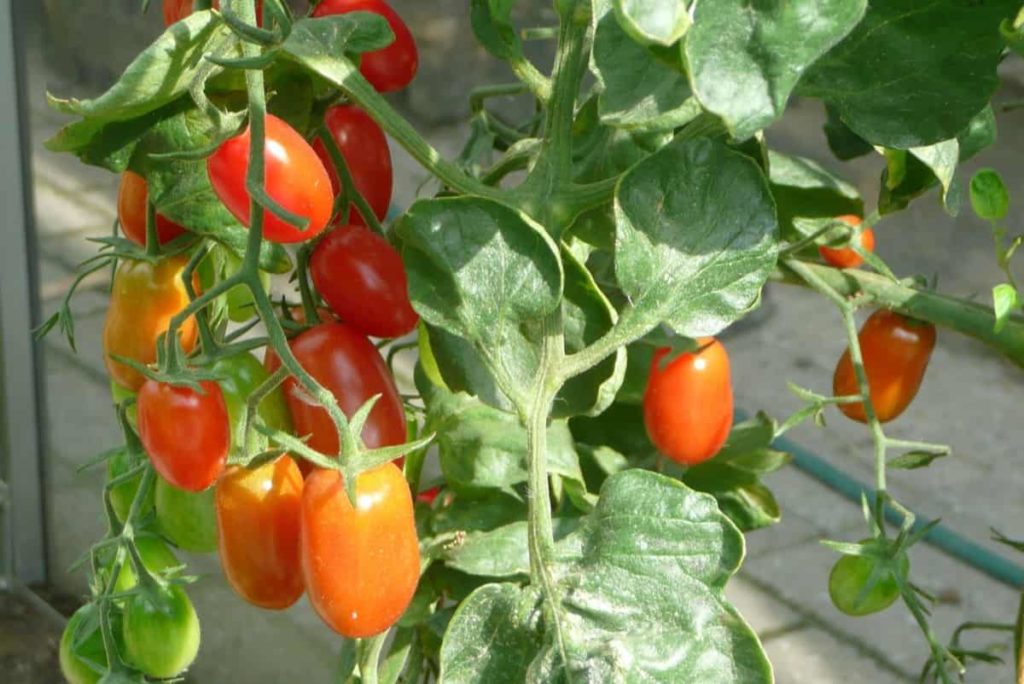
If you live in the following towns, cities, and counties of Maine (ME) of Zone 3, Zone 4, Zone 5, and Zone 6 in the United States, this article may be helpful in understanding the vegetable planting calendar and a month-wise chart along with planting seasons.
| Portland | Gorham |
| Augusta | Orono |
| Bar Harbor | Houlton |
| Bangor | Brewer |
| Ogunquit | Caribou |
| Old Orchard Beach | Topsham |
| Kennebunkport | Norway |
| Lewiston | Berwick |
| Rockland | Gardiner |
| Kittery | Rumford |
| Biddeford | Winthrop |
| Saco | Poland |
| South Portland | Harpswell |
| Ellsworth | Bucksport |
| Kennebunk | Old Town |
| Windham | Central Maine |
| Presque Isle | Western Maine |
| Bridgton | Eastern Maine |
| Cape Elizabeth | Southern Maine |
| Skowhegan | North Maine |
- Crops Grown in Summer Season: Best Choices for Summer Gardening
- Organic Pest Control for Tomato Farming
- How to Maximize Sheep Farming Profit
- Broccoli Varieties: Choosing the Right Cultivars for Your Farm
- How to Raise Pigs in Your Own Backyard: A Comprehensive Guide
- Budget Friendly Sheep Shed Ideas: Cheap and Low-Cost Tips
- How Much Do Cattle Farmers Make: Revenue Streams in Cattle Farming
- Management Pests and Diseases in Your Cotton Field
- Sheep Farming Business Plan for Beginners
- Aquaponic Farming at Home: A Step-By-Step Guide
- Profitable Village Farming Business Ideas in 2024
- High-Yield Aquaculture: Fast-Growing Fish for Farming
- Effective Fish Pond Construction Techniques for Beginners
- Irrigation and Water Management in Pineapple Farming
- Blossom to Harvest: Mastering Flowering and Pollination in Papaya Farming
- Pig Fattening Essentials: From Selection to Sale for Beginners
- Raising Wagyu Cattle: A Complete Guide for Premium Beef Production
- Soil Types and Their Water Holding Capacity
- Optimizing Irrigation Schedules for Coconut Groves for Enhanced Yield
- Espresso Your Garden: Coffee Grounds for Healthier Acid-Loving Plants
- The Best Soil Mix for Snake Plants: How to Mix Your Own Snake Plant Soil
- Green Thumb Success: Expert Tips for Cultivating Greenhouse Beans All Year Round
- Bloom All Year Round: The Ultimate Guide to Indoor Hyacinth Care
- Eco-Friendly Gardening: How to Make Liquid Fertilizer from Kitchen Waste
- Ultimate Guide to Grow Anise in Pots: Explore Seed Propagation to Harvesting
- Guide to Raising Chester White Pigs: Discover Breed Facts to Growth Management
- Mastering the Elegance: The Ultimate Guide to Weeping Cherry Tree Care, Planting, and Maintenance
- Ultimate Guide to Planting Garlic in Grow Bags: Growing Strategies for Beginners
- How to Fix Spider Plant Leaf-Related Problems: Natural and Organic Remedies
- 10 Reasons Why Your Tulsi Plant is Shedding Leaves: Home Remedies and Solutions
- Optimizing Growth and Yield: The Advantages of Palm Bunch Ash Fertilizer
- Utilizing Neem Oil Extract as a Natural Pesticide for Hydrangea
- From Soil to Harvest: Various Ways in Which Farmers Can Use AI Tools
- Steps to Encourage and Induce Citrus Flowers: A Comprehensive Guide
- How to Fix Snake Plant Leaf-Related Issues: Natural and Organic Remedies
- Transform Your Garden into a Fragrant Oasis with Raat Ki Rani (Night Blooming Jasmine)
